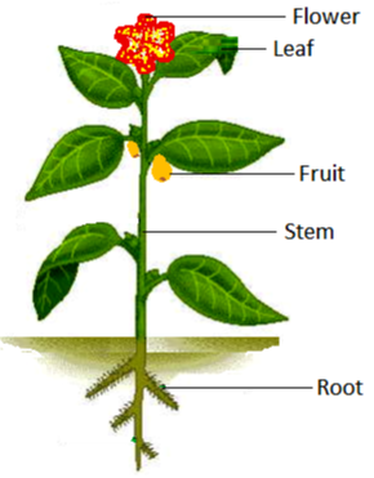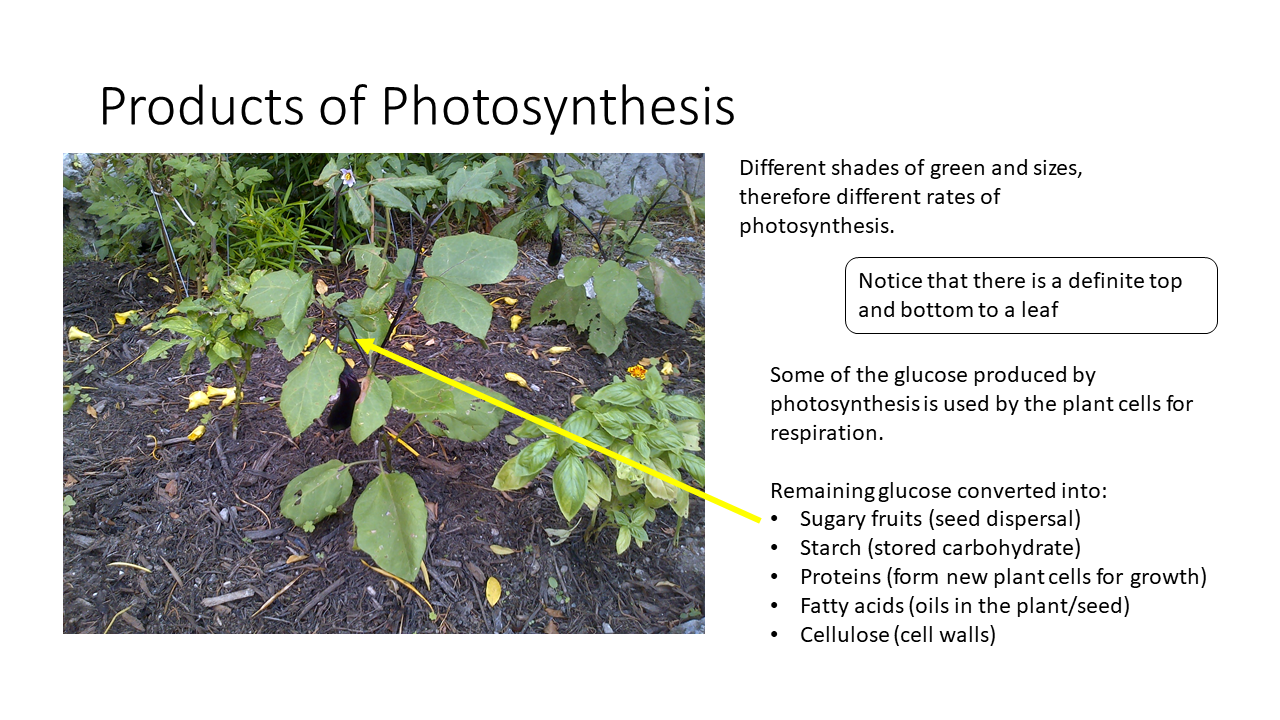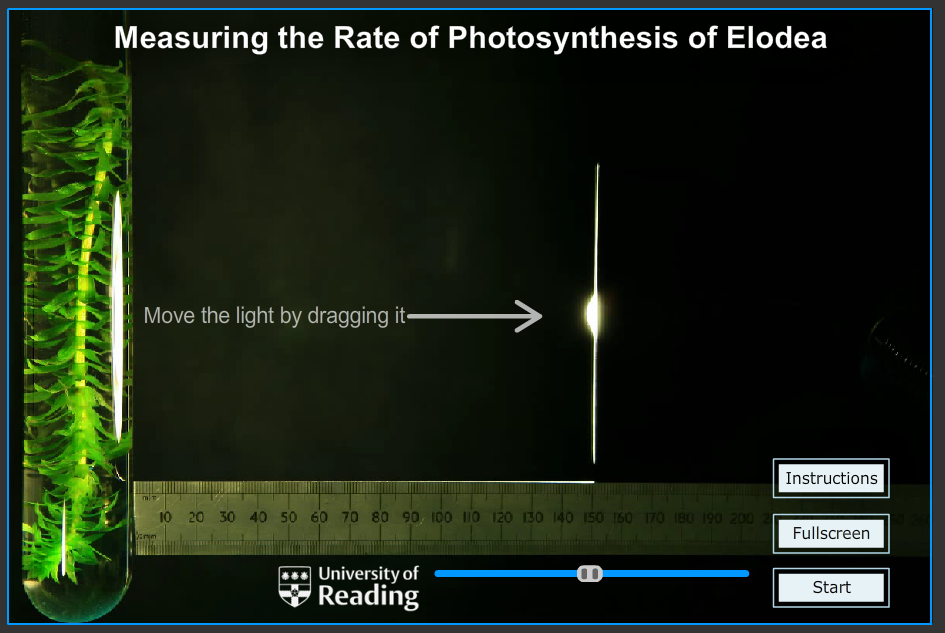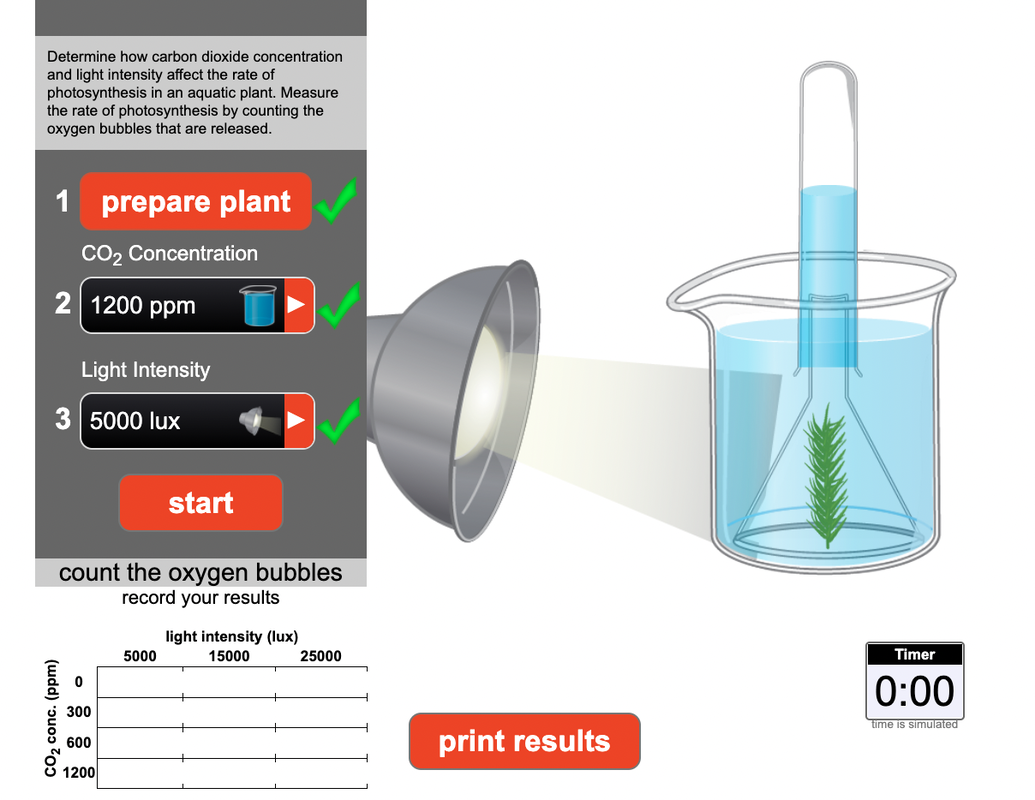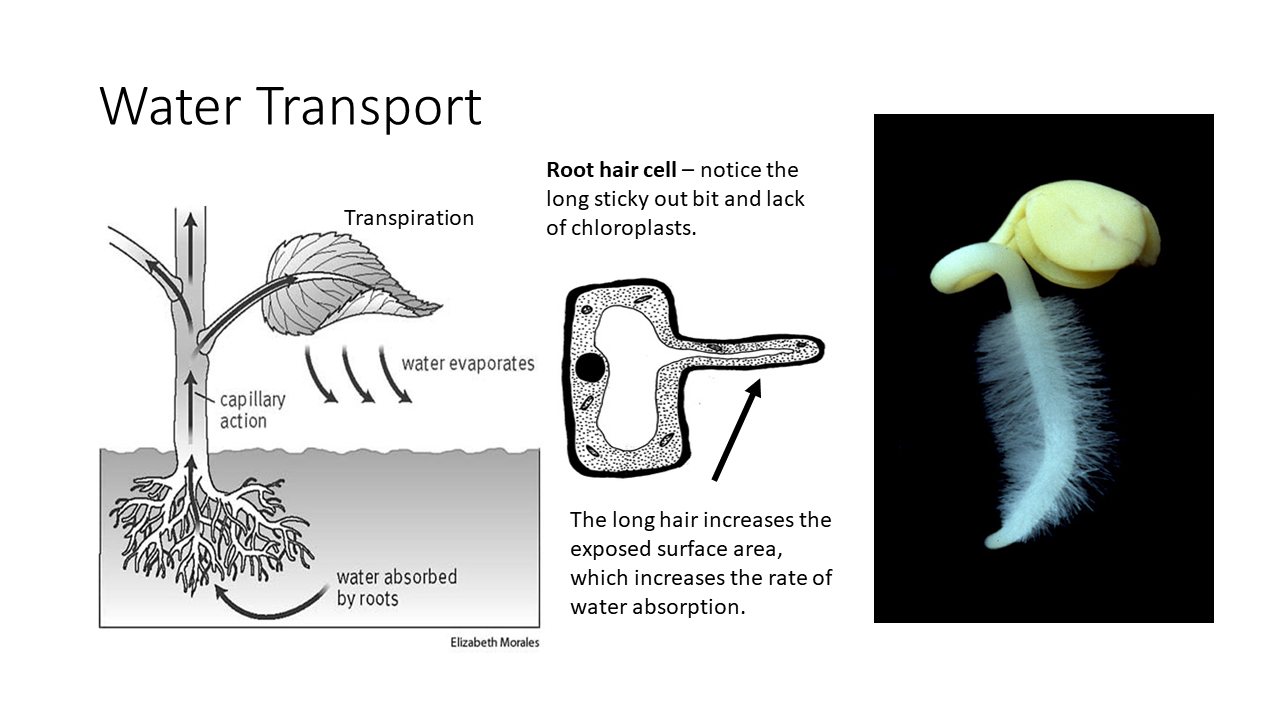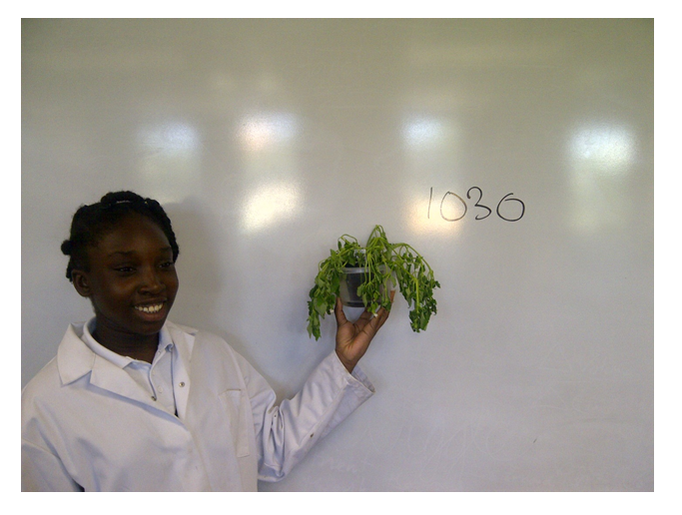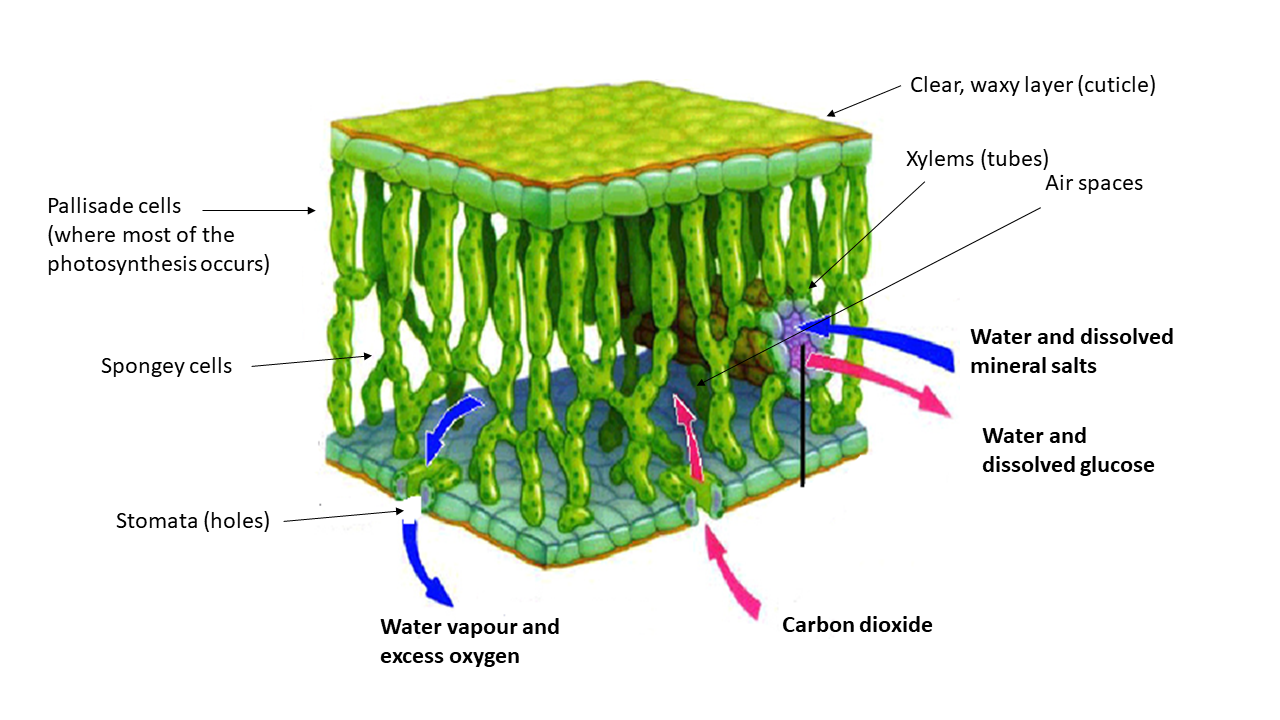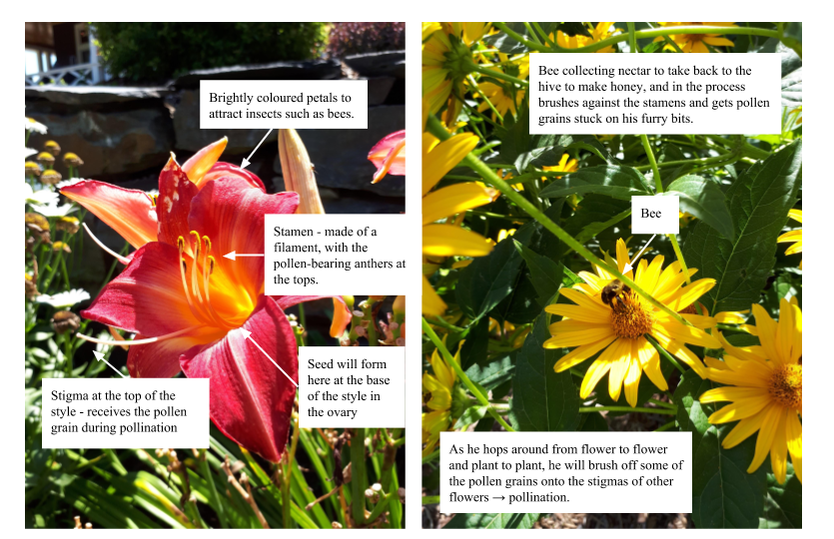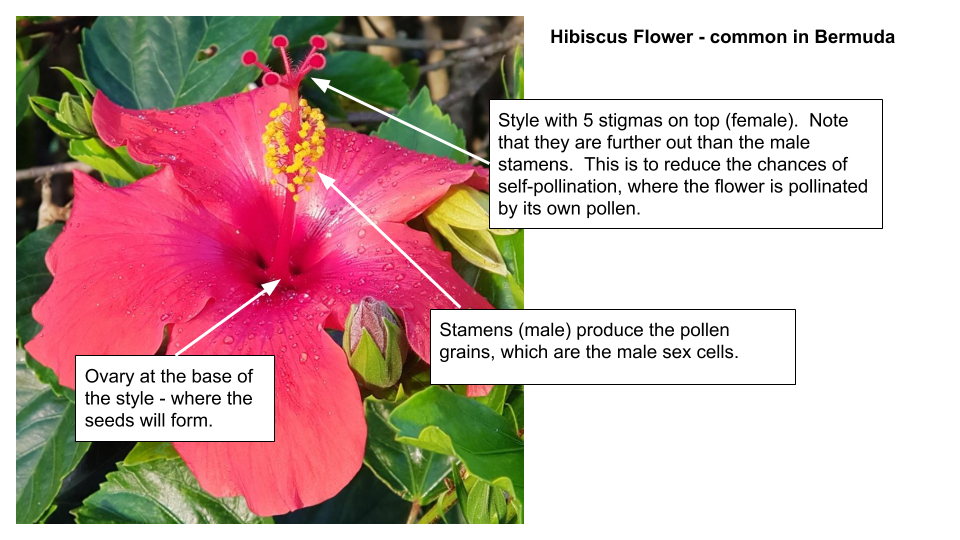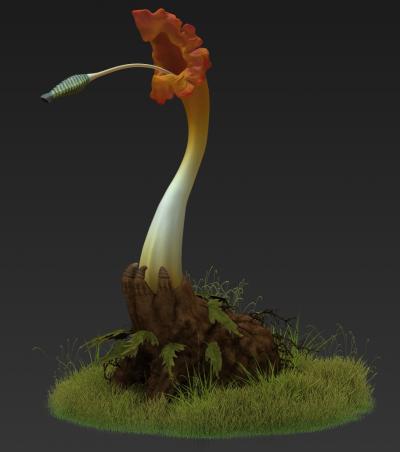Land is very scarce in Bermuda, so the vast majority of our food is shipped in weekly on the Oleander from the US. There are a few farms and smallholdings scattered around the island and many families grow their own fruits and vegetables in their gardens. This unit is about farming and covers photosynthesis, how plants are adapted to obtain the raw materials they need, aerobic respiration in plants, synthesis of substances from glucose, and some of the problems associated with modern farming techniques.
Photo: My vegetable patch!
Photo: My vegetable patch!
Assessment: To investigate the factors that affect the growth of mung beans.
This will be a slow burning project as plants take time to grow. The idea is that, once started, 10-15 mins can be taken up at the start or end of every lesson during the topic. Students can record their notes, findings and theory on a Google Slidedeck.
Students are free to design their own investigation. They will need to use prior knowledge or research on germination, transport, nutrients, photosynthesis and respiration to form their hypothesis and conclusions. Students should come up with some way of quantifying the rate of growth. Expect the growing part of the investigation to last at least two weeks. It is possible to use iPads to create timelapse videos of the growing beans, but in order to use this for data something like a ruler and clock would need to be included in the image.
This will be a slow burning project as plants take time to grow. The idea is that, once started, 10-15 mins can be taken up at the start or end of every lesson during the topic. Students can record their notes, findings and theory on a Google Slidedeck.
Students are free to design their own investigation. They will need to use prior knowledge or research on germination, transport, nutrients, photosynthesis and respiration to form their hypothesis and conclusions. Students should come up with some way of quantifying the rate of growth. Expect the growing part of the investigation to last at least two weeks. It is possible to use iPads to create timelapse videos of the growing beans, but in order to use this for data something like a ruler and clock would need to be included in the image.
A - Plant Reactions
Objectives:
- Know the basic parts of a plant and what they do
- Explain why plants need to photosynthesize and respire
- Describe where these raw materials come from
- Write a word equation for these processes
Photosynthesis creates glucose (sugar), and oxygen as a byproduct, from the raw materials water and carbon dioxide. Energy is required to drive this reaction, so it is endothermic. The energy comes from the Sun.
Photosynthesis only occurs during the daylight hours.
\[\text{carbon dioxide}+\text{water}\rightarrow\text{glucose}+\text{oxygen}\]
\[6\text{CO}_2+6\text{H}_2\text{O}\rightarrow \text{C}_6\text{H}_12\text{O}_6+6\text{O}_2\]
The carbon dioxide is absorbed through tiny holes in the leaves (stomata) and the water enters the plant via the roots. The glucose is soluble and is transported around the plant in the sap. The oxygen is either used or escapes the leaves by the stomata.
Respiration reverses this process to release energy. Exothermic. Respiration occurs in EVERY LIVING cell in EVERY LIVING organism ALL THE TIME. (including when asleep and during holidays)
\[\text{glucose}+\text{oxygen} \rightarrow\text{carbon dioxide}+\text{water}\]
\[\text{C}_6\text{H}_12\text{O}_6+6\text{O}_2\rightarrow 6\text{CO}_2+6\text{H}_2\text{O}\]
Photosynthesis only occurs during the daylight hours.
\[\text{carbon dioxide}+\text{water}\rightarrow\text{glucose}+\text{oxygen}\]
\[6\text{CO}_2+6\text{H}_2\text{O}\rightarrow \text{C}_6\text{H}_12\text{O}_6+6\text{O}_2\]
The carbon dioxide is absorbed through tiny holes in the leaves (stomata) and the water enters the plant via the roots. The glucose is soluble and is transported around the plant in the sap. The oxygen is either used or escapes the leaves by the stomata.
Respiration reverses this process to release energy. Exothermic. Respiration occurs in EVERY LIVING cell in EVERY LIVING organism ALL THE TIME. (including when asleep and during holidays)
\[\text{glucose}+\text{oxygen} \rightarrow\text{carbon dioxide}+\text{water}\]
\[\text{C}_6\text{H}_12\text{O}_6+6\text{O}_2\rightarrow 6\text{CO}_2+6\text{H}_2\text{O}\]
|
From the University of Reading Virtual Labs. We used to use an easier one from Biology Corner, but that has been taken down as may be outdated. This one is harder to use as it is more realistic! But it should give you a feel for how the rate of oxygen bubble production is related to the light intensity. Requires Flash.
2021 - link no longer working. |
|
Waterweed simulator - new version to replace the old flash simulation! Produced by New Path Online.
|
Revision tip: be sure to become an expert on these two reactions (photosynthesis and respiration). The chances of them showing up in any test or work on plants is 100 %. This goes for IGCSE and AP and beyond... the reactions are central to biology as they underpin ALL life on Earth.
B - Water, Soil and Air
Objectives:
- Describe how water and carbon dioxide get into the leaves
- Explain how plant cells and organs are adapted to their function
- Explain why water is needed by plants
Just like us, plants need water to survive. Water has three major roles in a plant:
- raw material required for photosynthesis
- facilitates the absorption into and transport of minerals and compounds around the plant
- provides the plant cells with stiffness
|
Wilted Plant Recovery - this was a VERY crude time-lapse series done over a day in 2015. We had a very sad plant that was very dehydrated. We watered it and took photos every so often during the day.
Water is stored in a plant cell in a central reservoir known as a vacuole. Essentially this acts as a store for dry periods. The plant wilts when dehydrated as the vacuoles in each and every plant cell become depleted, and the cell loses rigidity, much like a deflated football. As long as the plant is still alive, watering it will bring it back to normal within a few hours. |
C - Plants for Food
Objectives:
- Explain how farmers use scientific advances to produce as much biomass as they can
Both home and commercial farmers struggle to maximise the yield (amount of produce). Some of the problems that they face are:
Common solutions to these problems often involve difficult dilemmas. For example, the easiest solution to poor soil is to use chemical fertilsers. But as these are soluble they can run off and get into the rivers and lakes and lead to stagnation. Spraying plants with herbicides, pesticides and fungicides can lead to a build up of toxins in the food chain or upset it completely, not too mention the potential for poisoning your customers. Organic farming methods aim to minimise the negative effects of food production but at an increased cost to the customer. Increasingly commercial farmers are looking to selective breeding and genetic modification to increase yields and reduce dependence on toxic chemicals.
- lack of water (drought)
- too much water (floods and too much rain)
- poor soil (not enough nutrients)
- pests (insects and animals)
- weeds (unwanted plants that take up space and valuable resources)
- fungus (common problem if too much water)
- lack of pollinators (e.g. bees)
Common solutions to these problems often involve difficult dilemmas. For example, the easiest solution to poor soil is to use chemical fertilsers. But as these are soluble they can run off and get into the rivers and lakes and lead to stagnation. Spraying plants with herbicides, pesticides and fungicides can lead to a build up of toxins in the food chain or upset it completely, not too mention the potential for poisoning your customers. Organic farming methods aim to minimise the negative effects of food production but at an increased cost to the customer. Increasingly commercial farmers are looking to selective breeding and genetic modification to increase yields and reduce dependence on toxic chemicals.
|
|
Growing Potatoes - spuds are a great crop to grow. We can 'clone' potatoes simply by planting the potato tuber (the potato) into the ground. This is an example of vegetive (asexual) reproduction. This video was made by my wife Kate during the first covid lockdown.
|
D - Plants for Breathing
Objectives:
- Use models (e.g. food webs and the carbon cycle) to explain changes in the environment
- Evaluate the advantages and disadvantages of different farming methods
Other Resources
|
A Triffid is a fictional carnivorous walking plant from John Wyndham's classic book "The Day of the Triffids". They were cross-bred to produce a top quality oil to replace fossil fuels. The stinger would instantly kill. They would then digest the body with the roots. They could walk - although slowly. All they needed was for the human race to be crippled in some way, which happened during an event called the great blinding. The book has been made into a movie, and two mini-series. They have become so well-known that in the UK any large and scary plant is often referred to as a triffid!
|
